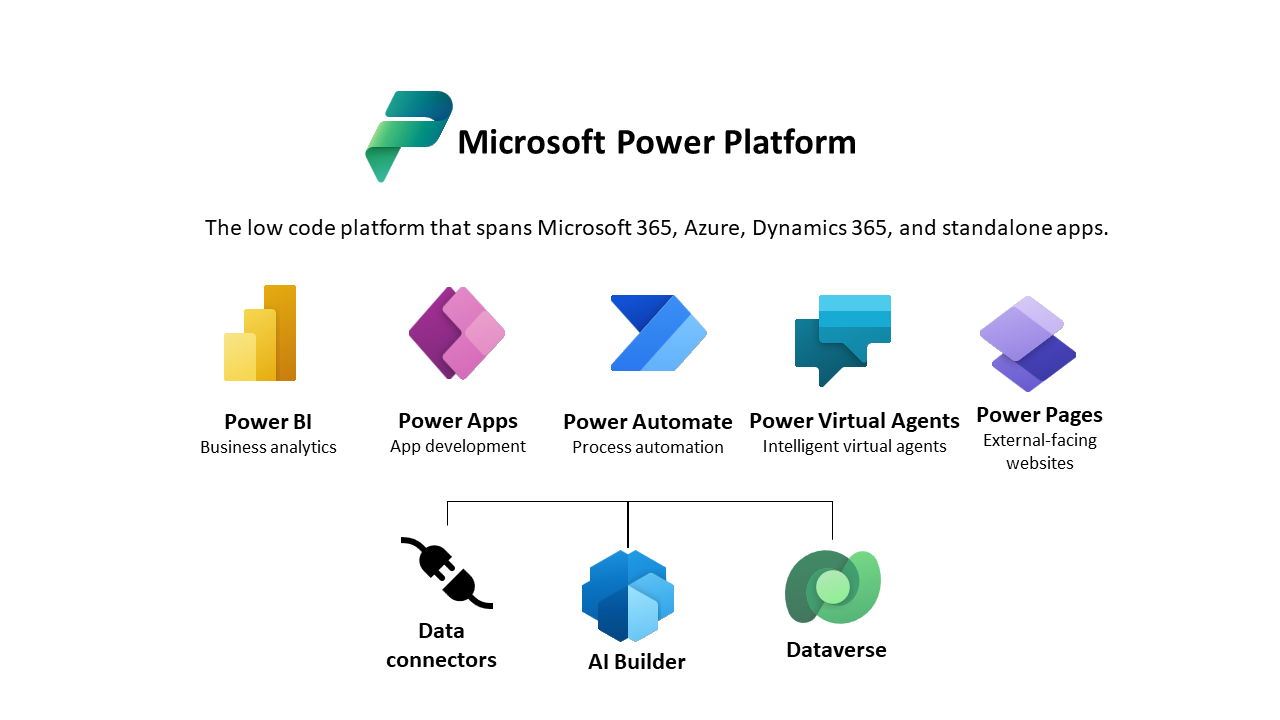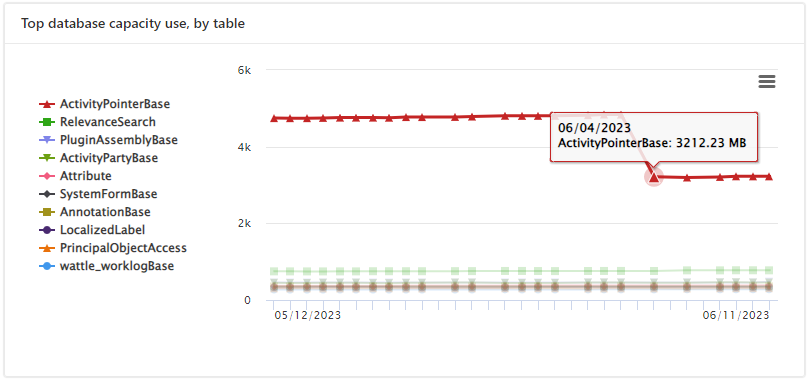
- Insights & News
- Contact
- 0117 9717547
How emails are stored is changing along with the cost of storage capacity

A Breath of Fresh Air for Your Database: Microsoft's Surprise Update on Email Storage in Dataverse
Good news for all our Microsoft Dynamics 365 and Power Platform users! Microsoft have significantly changed how emails are stored in Dataverse, and we can't wait to share the news with you. Before diving into the details, let's break it down as simply as possible. Think of your Dataverse as a warehouse. Up until now, everything, including your emails, has been stored on the warehouse floor, taking up precious space. However, Microsoft has decided to move these emails to a separate, larger location – freeing up a significant amount of room on your warehouse floor. Sounds good, right?
In more technical terms, Microsoft has recently announced a surprise change to email storage in Dataverse. Until now, email descriptions (the body of the email) have been stored in the Dataverse relational store, taking up a portion of your database capacity. The Email.Description column in the email activity table is now being relocated to Azure Blob Storage, Microsoft's service for storing unstructured data in the cloud.
This is a game-changer, particularly for smaller organisations that are keen on optimising their storage space and operational efficiency. It's like when you declutter your home and store those rarely used, bulky items in the attic. What do you get? More room in your living space, making it more comfortable and efficient!
Let's delve into why this change is such a helpful move.

More Database Capacity
Just as shifting seldom-used items to the attic frees up room in your house, moving email descriptions to Azure Blob storage frees up a significant amount of database capacity in your Dataverse. The freed space can now be used for more crucial tasks, boosting the performance of your applications and optimising your operational efficiency.
Seamless Transistion
One of the best parts? Microsoft implements this change at the backend, so you don't have to lift a finger or worry about migrating data. It's like having a team of professional movers coming in, doing all the heavy lifting, and leaving you with a more spacious, better-functioning warehouse.

Cost Efficiency
Azure Blob storage is a more cost-effective solution for storing unstructured email data. By moving the email descriptions from the Dataverse to Azure Blob Storage, you're effectively storing your data in a much more budget-friendly way. This is great news for those keen to make the most out of their resources without expanding their existing storage capacity.
When Is This Happening?
Starting in May 2023, this robot will move emails older than 12 months to a separate storage room called Azure Blob Storage. The movement may take 6 to 12 weeks or longer if you've lots of emails. But don't worry, this robot works quietly in the background and won't disturb your work. After this initial clean-up, the robot will continuously move emails to the new room as they turn 12 months old. This way, your warehouse will always have plenty of space for the things that matter most.
With this tidy-up, you'll notice something new in your Power Platform admin centre 'Capacity' report. A new email line item will be available in 'File usage'. The result is an increase in overall file storage consumption and a reduction in database storage.
So there you have it, folks! This change from Microsoft is a step forward in efficiency and cost-effectiveness. It is particularly beneficial for organisations that want to maximise their resources without breaking the bank.